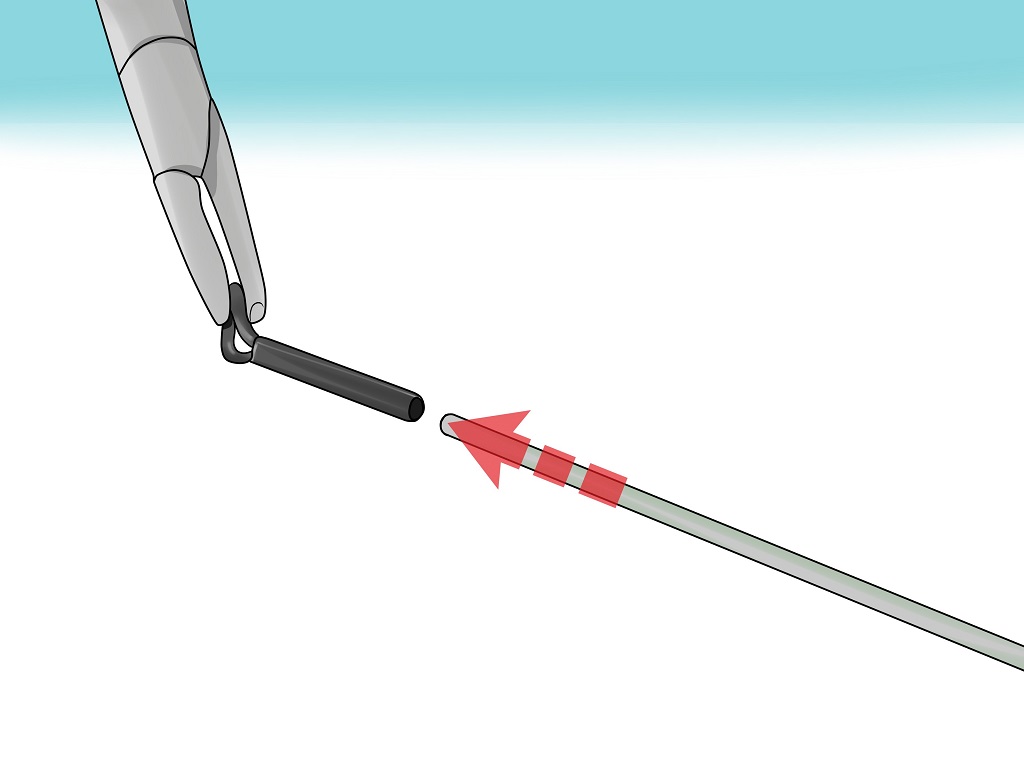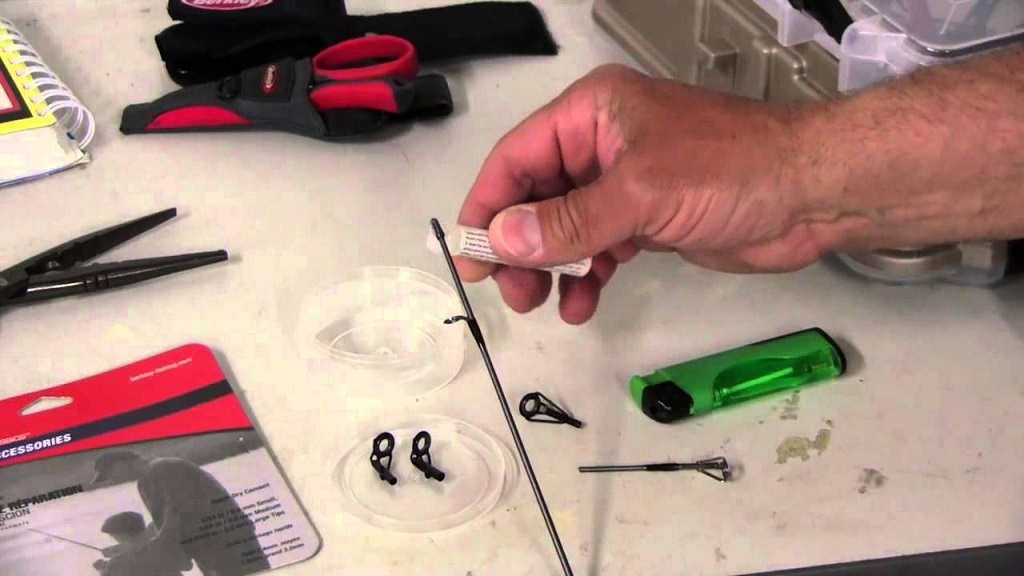
A fix a broken fishing rod can turn an exciting day on the water into a frustrating experience. Whether you’re a weekend angler or a seasoned pro, knowing how to repair your gear is essential. Thankfully, quality equipment from retailers like Fishing Gear Shops can minimize these issues, but even the best gear sometimes needs attention.
Every angler faces this common problem at some point during their fishing adventures. The good news is that repairing a damaged line doesn’t require expensive tools or professional expertise. Most repairs can be completed in just a few minutes with basic supplies you likely already have at home.
Learning how to fix a broken string on a fishing rod saves both time and money while keeping you on the water longer. Additionally, this skill prevents the disappointment of cutting your fishing trip short due to equipment failure.
Understanding Common Causes of Line Breaks

Fishing line breaks occur for several reasons, and identifying the cause helps prevent future issues. Sharp rocks, debris, and aggressive fish can all damage your line during normal use. However, the most frequent culprit is simply wear and tear from regular casting and retrieving.
Age also plays a significant role in line integrity. Monofilament and fluorocarbon lines weaken over time, especially when exposed to sunlight and extreme temperatures. Therefore, regular inspection of your equipment becomes crucial for successful fishing trips.
Improper storage can accelerate line degradation as well. Lines stored in hot cars or damp environments lose strength faster than those kept in cool, dry places. Furthermore, old line becomes brittle and more prone to sudden breaks during critical moments.
Essential Tools for Quick Repairs
Before attempting any repair, gather the necessary tools and materials. You’ll need replacement line that matches your rod’s specifications, sharp scissors or line cutters, and needle-nose pliers for precision work. Additionally, having a small flashlight helps when working in low-light conditions.
A line threader or thin wire makes the job much easier, especially when dealing with small rod guides. Some anglers also prefer using a magnifying glass for detailed work. These simple tools transform a potentially difficult task into a straightforward process.
Most importantly, keep a small repair kit in your tackle box at all times. This preparation ensures you can address problems immediately rather than ending your fishing session prematurely. According to Field & Stream, being prepared for equipment failures is a hallmark of successful anglers.
Step-by-Step Repair Process
Start by removing any damaged line from your rod completely. Cut away frayed or weakened sections, leaving only the healthy line attached to your reel. This clean slate approach prevents future weak points in your setup.
Next, thread your new line through each guide, starting from the tip and working toward the reel. Take your time with this step, as rushing often leads to missed guides or tangled line. The threading process requires patience but ensures proper line flow during casting.
Once threaded, tie your new line to the existing line on your reel using a strong knot like the double uni-knot or blood knot. These connections create reliable joints that won’t fail under pressure. Test your knot by pulling firmly before proceeding to the next step.
Choosing the Right Replacement Line
Selecting appropriate replacement line affects both performance and durability. Match the pound test rating to your original line unless you’re specifically upgrading for heavier fish. Using line that’s too heavy can reduce casting distance and sensitivity.
Consider the fishing conditions you encounter most frequently. Monofilament works well for general freshwater fishing, while fluorocarbon excels in clear water situations. Braided line offers superior strength and sensitivity but requires more careful handling.
Quality matters significantly when choosing replacement line. Cheap line often has inconsistent diameter and weak spots that lead to premature failure. Investing in reputable brands pays dividends through improved reliability and performance.
Preventing Future Line Problems
Regular maintenance extends line life and reduces the frequency of repairs. Inspect your line before each fishing trip, looking for nicks, abrasions, or discoloration. Replace any questionable sections before they cause problems on the water.
Proper storage also plays a crucial role in line longevity. Keep spools in cool, dark places away from direct sunlight. UV rays break down line materials over time, making them brittle and unreliable.
Additionally, clean your line periodically with warm water to remove salt, dirt, and fish slime. These contaminants can weaken line fibers and cause premature failure. A simple rinse after each outing maintains line integrity for many fishing trips.
Advanced Repair Techniques
Sometimes simple line replacement isn’t sufficient, particularly when rod guides are damaged or loose. Loose guides create friction points that weaken line and reduce casting performance. Tightening or replacing these components requires additional skills and tools.
Epoxy repairs work well for minor rod tip damage, but significant breaks often require professional attention. However, temporary field repairs using tape or wire can get you through a fishing session until proper repairs are possible.
Rod blank repairs represent the most challenging fixes and typically require specialized equipment. These repairs are often best left to professional rod builders who have the expertise and materials for lasting solutions.
When to Seek Professional Help
Certain repairs exceed the scope of basic maintenance and require professional expertise. Broken rod tips, damaged reel seats, and split rod blanks need specialized tools and materials for proper repair. Attempting these fixes without proper knowledge often causes additional damage.
Professional repair services also offer warranty protection that DIY fixes cannot provide. This coverage becomes valuable for expensive rods where repair costs approach replacement prices. Furthermore, professionals can identify underlying issues that might not be apparent to casual anglers.
The decision between repair and replacement depends on rod value and damage extent. Generally, repairs costing more than half the rod’s replacement price aren’t economically justified. However, sentimental value and rod performance characteristics sometimes outweigh pure economics.
Read More Also: How to Increase Followers with Targeted, High-Quality Audiences: A Comprehensive Guide
Conclusion
Fixing a broken fishing rod string doesn’t require advanced technical skills or expensive tools. With basic supplies and patience, most anglers can perform these repairs quickly and effectively. Regular maintenance and proper storage prevent many problems before they occur.
The key to successful repairs lies in preparation and using quality materials. Keep a basic repair kit handy, inspect your equipment regularly, and don’t hesitate to seek professional help for complex issues. These practices ensure your fishing gear remains reliable for many seasons to come.
Remember that prevention beats repair every time. Quality equipment, proper maintenance, and careful handling minimize the need for field repairs and keep you focused on catching fish rather than fixing gear.
Read More Also: How to Check a Truck Trailer Plug with a Multimeter
Frequently Asked Questions
How often should I replace my fishing line?
Replace monofilament and fluorocarbon lines at least once per season or after 10-12 fishing trips. Braided line lasts longer but should be replaced when fraying or color fading becomes noticeable.
Can I use different pound test line than what came originally?
Yes, but stay within your rod’s recommended range. Going too heavy reduces sensitivity and casting distance, while too light increases break-offs with larger fish.
What’s the strongest knot for connecting new line to old?
The double uni-knot and blood knot both offer excellent strength for line-to-line connections. Practice these knots at home before you need them on the water.
Is it worth repairing an inexpensive fishing rod?
Generally, if repair costs exceed 50% of replacement cost, buying new makes more financial sense. However, sentimental value and familiarity with your rod might justify the expense.
How can I tell if my fishing line needs replacement?
Look for nicks, abrasions, memory coils, or discoloration. Line that feels rough or has lost its flexibility should be replaced immediately to prevent break-offs during fishing.
